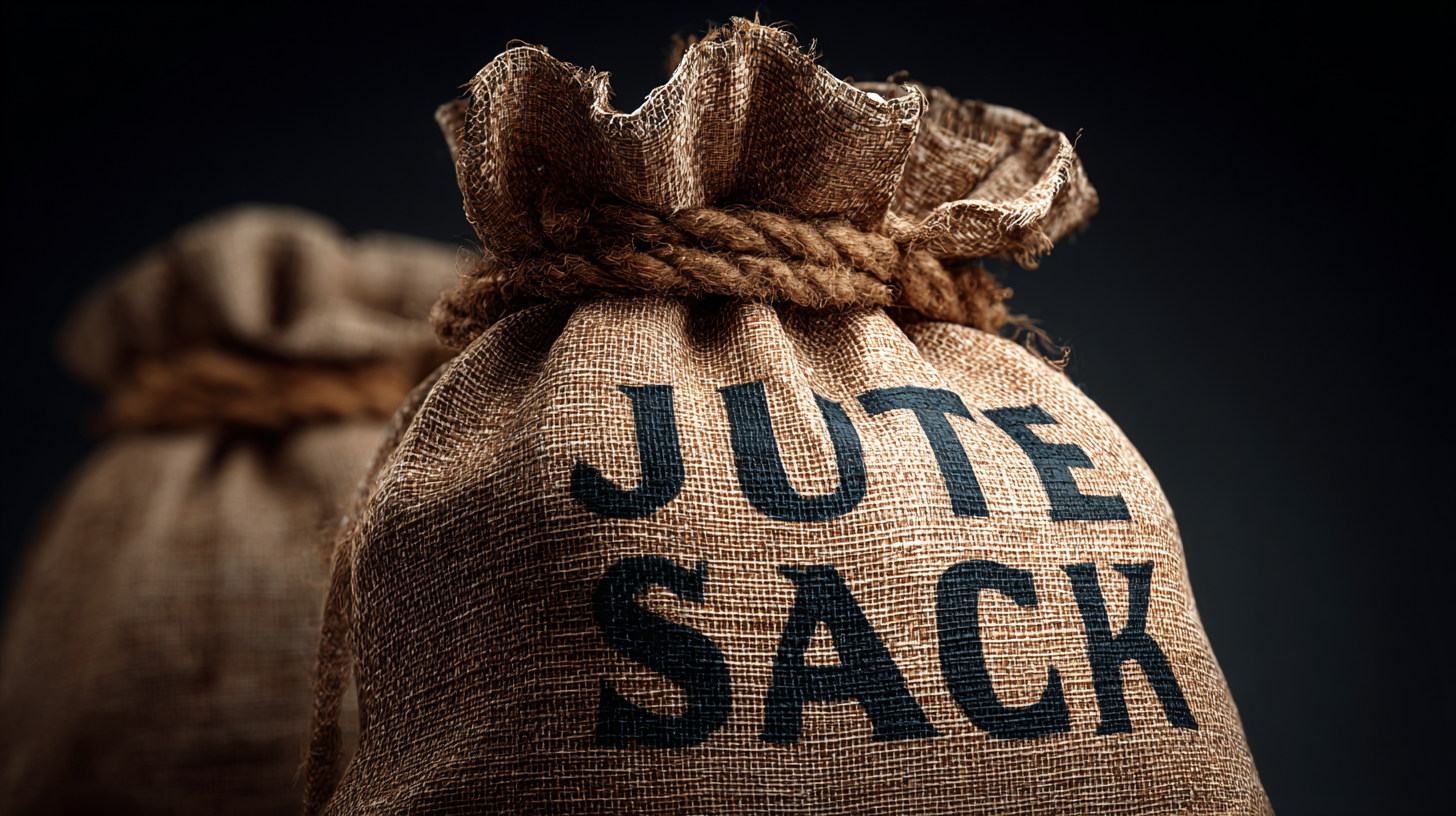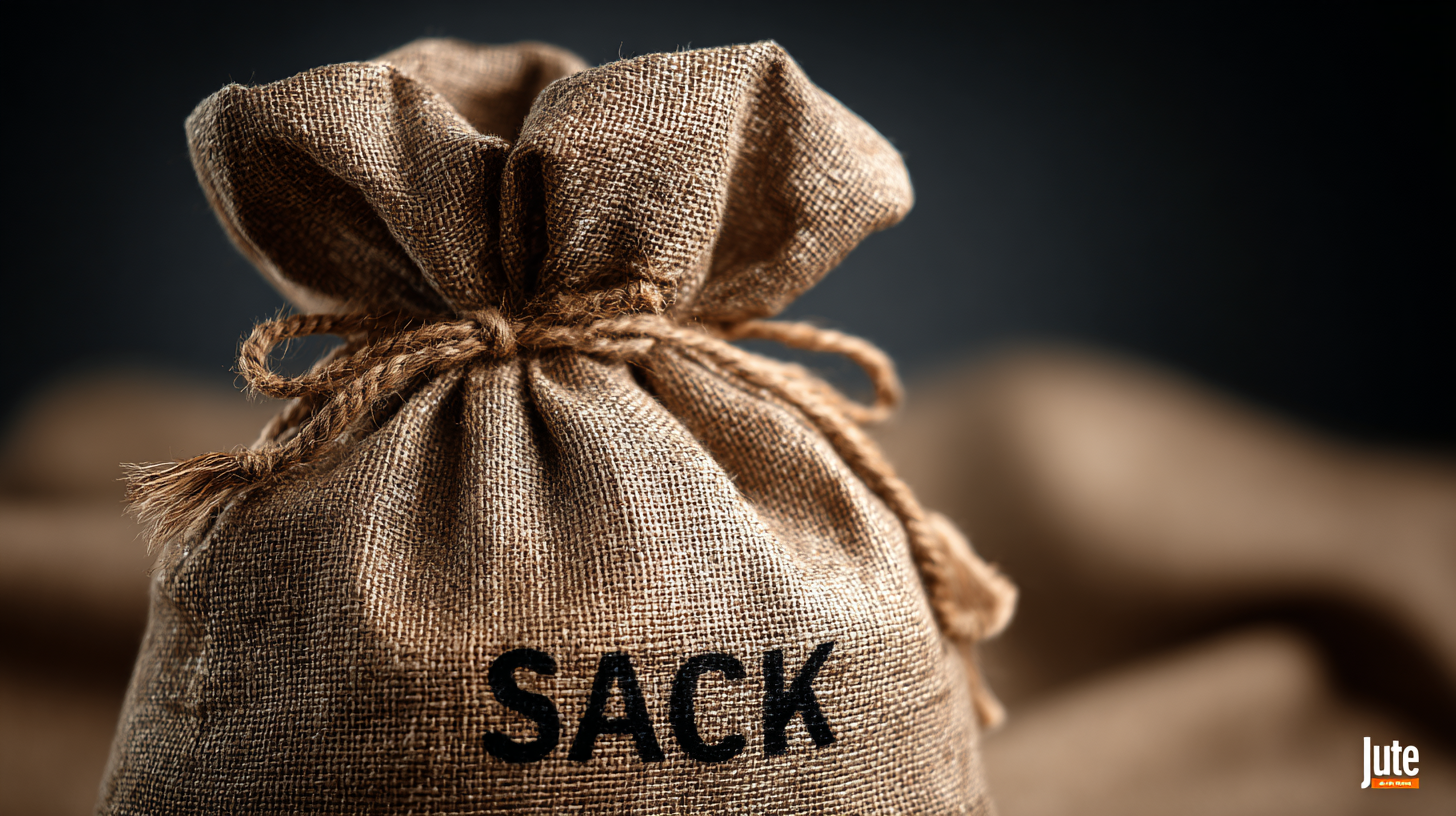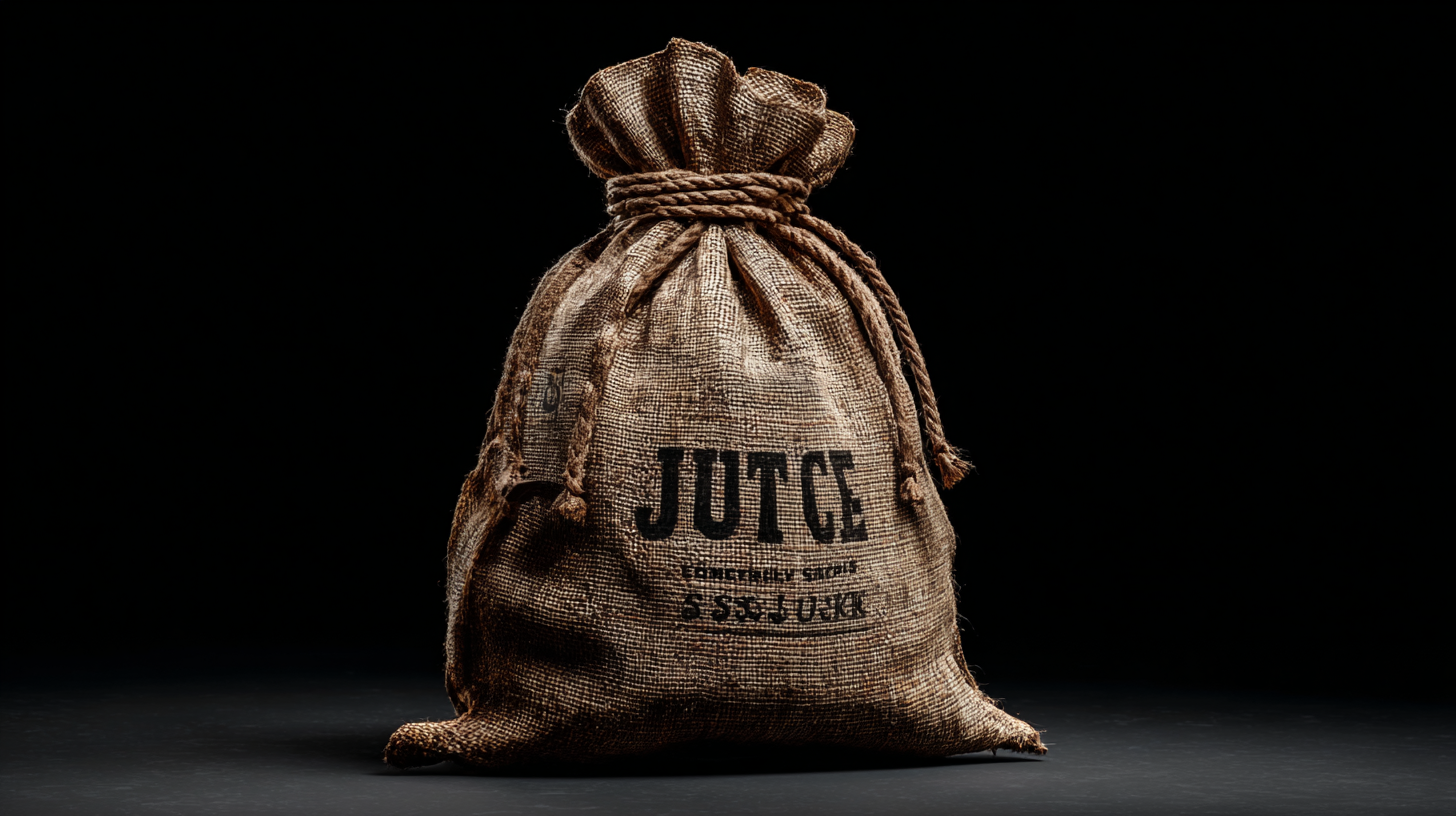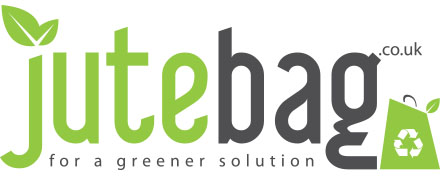Unveiling the Best Jute Sack Examples Transforming Sustainable Packaging in Global Trade
As the global trade landscape evolves, the pursuit of sustainable packaging solutions has become paramount. Among the eco-friendly options, the "Jute Sack" stands out as a versatile and environmentally responsible alternative, characterized by its biodegradability and strength. According to the World Economic Forum, packaging waste contributes to over 300 million tons of plastic waste each year, prompting industries to seek viable substitutes. A report by Research and Markets predicts that the jute bag market will grow significantly, reaching a value of approximately $1.5 billion by 2027, driven by increasing awareness of environmental issues and the growing demand for sustainability in various sectors. This article unveils the best examples of jute sack applications, illustrating how they are not only transforming sustainable packaging but also enhancing the global trade framework while meeting the rising consumer demand for greener alternatives.

The Rise of Jute Sacks in Sustainable Packaging Solutions for Global Trade
In recent years, there has been a remarkable shift towards sustainability in global trade, and jute sacks have emerged as a frontrunner in eco-friendly packaging solutions. With the increasing awareness of environmental issues, businesses are looking for alternatives to plastic, and jute—a natural, biodegradable fiber—offers a perfect solution. This resurgence of jute sacks not only highlights their practicality in storing and transporting goods but also underscores their potential to significantly reduce carbon footprints across various industries.
The versatility of jute makes it suitable for a wide range of products, from agricultural produce to handicrafts, promoting a sustainable cycle from production to distribution. Jute sacks are not only strong and durable, but they also provide an aesthetic appeal favoured by consumers who prioritize environmental responsibility. Additionally, the growing global demand for organic and sustainably-produced goods has propelled the use of jute sacks in packaging, making them an increasingly popular choice among manufacturers and retailers alike. As more companies adopt jute sacks as their primary packaging solution, the impact on sustainability in global trade will only continue to grow.
Unveiling the Best Jute Sack Examples Transforming Sustainable Packaging in Global Trade
| Example | Dimensions (cm) | Weight Capacity (kg) | Eco-friendliness Score (1-10) | Market Usage |
|---|---|---|---|---|
| Standard Jute Sack | 50 x 80 | 50 | 9 | Agriculture |
| Round Jute Bag | 30 diameter | 25 | 8 | Retail |
| Decorative Jute Sack | 40 x 60 | 15 | 7 | Home Decor |
| Heavy Duty Jute Bag | 60 x 90 | 100 | 10 | Commercial |
| Organic Jute Bag | 55 x 80 | 40 | 9 | Food Packaging |
Comparative Analysis of Jute Sack Durability vs. Traditional Packaging Materials
The growing emphasis on sustainability in global trade is prompting a re-evaluation of packaging materials. Jute sacks, esteemed for their eco-friendly nature, are emerging as strong contenders against traditional packaging materials like plastic and cardboard. When it comes to durability, jute sacks have proven to be resilient, capable of withstanding the rigors of transportation and storage. Their natural fibers provide a robust structure that can handle significant weight, making them ideal for bulk goods.
In contrast, traditional packaging materials often fall short in sustainability and durability. Plastic bags, while lightweight, contribute heavily to environmental pollution and do not decompose effectively. Cardboard, while recyclable, often lacks the strength required for long-distance shipping. The comparative analysis reveals that jute sacks not only meet robust structural needs but also align with the growing demand for sustainable practices in the supply chain. As businesses pivot towards greener alternatives, the durability and environmental benefits of jute sacks position them as a vital player in the sustainable packaging revolution.
Cost-Benefit Analysis: Long-term Savings with Jute Sacks in Supply Chains
The growing emphasis on sustainable practices within global trade has positioned jute sacks as an appealing alternative to traditional packaging materials, particularly in terms of cost-efficiency. A comprehensive analysis reveals that using jute sacks can lead to significant long-term savings in supply chain management. According to industry studies, businesses can see a reduction in packaging costs by as much as 20% when transitioning to jute, which is a biodegradable and renewable resource. This aligns with the global push for sustainable practices, as jute production requires lower energy inputs compared to synthetic materials, ultimately decreasing overall operational costs over time.
Moreover, tackling plastic pollution is a pressing issue that companies must address, particularly in regions like Bangladesh where plastic waste management remains a challenge. By adopting jute sacks, organizations not only contribute to environmental sustainability but also enhance their brand image in an increasingly eco-conscious market. Reports indicate that consumer preference is shifting towards brands that prioritize sustainability, providing an additional economic incentive for companies to embrace jute packaging solutions. As global challenges reshape supply chains, integrating jute sacks into packaging strategies offers a dual advantage of economic viability and environmental responsibility.

Impact of Jute Sacks on Reducing Carbon Footprint in Global Logistics
The impact of jute sacks in reducing carbon footprints within global logistics is profound and increasingly critical as industries seek sustainable alternatives. According to a report by the Food and Agriculture Organization (FAO), the use of jute, a biodegradable and renewable fiber, can significantly decrease greenhouse gas emissions. In fact, jute cultivation absorbs around 1.5 tons of carbon dioxide per hectare, contributing to a reduction in overall emissions throughout the supply chain.
Moreover, data from the International Jute Study Group highlights that replacing conventional packaging materials with jute sacks could lower carbon footprints by nearly 50%. Jute sacks are not only lighter than traditional packaging options but also require less energy for production and are completely biodegradable, making them a viable option for companies aiming to enhance their sustainability profiles. As global trade pivots towards greener practices, the adoption of jute sacks is emerging as a key strategy for businesses to align with environmental goals while simultaneously addressing the demands of eco-conscious consumers.

Future Trends: Innovations in Jute Sack Production and Eco-Friendly Practices
The growing emphasis on sustainability in global trade has sparked innovative transformations in jute sack production. According to a recent report by Allied Market Research, the global jute market is projected to reach $1.60 billion by 2027, driven by the rising demand for eco-friendly packaging solutions. With consumers increasingly favoring sustainable options, jute sacks are becoming a preferred choice across various industries, including agriculture and retail. Innovations in the field, such as bio-based coatings and enhanced durability treatments, are set to improve the utility and lifespan of jute products.
To further promote eco-friendliness, many manufacturers are adopting greener practices in the production of jute sacks. A substantial percentage of jute is grown without synthetic fertilizers or pesticides, making it an inherently sustainable crop. Furthermore, implementing practices like water-efficient cultivation and waste recycling can significantly reduce the overall carbon footprint.
**Tips for Choosing Jute Sacks:**
1. Look for suppliers that prioritize organic jute and environmentally friendly production processes.
2. Consider the manufacturing certifications, such as Oeko-Tex or Fair Trade, to ensure ethical sourcing.
3. Check for additional features like biodegradable coatings, which enhance water resistance while maintaining sustainability.
Transforming Sustainable Packaging: Jute Sack Production Innovations
This chart illustrates key metrics related to jute sack innovations in sustainable packaging, showcasing their high biodegradability and recyclability, along with the energy consumption and carbon footprint involved in their production.
